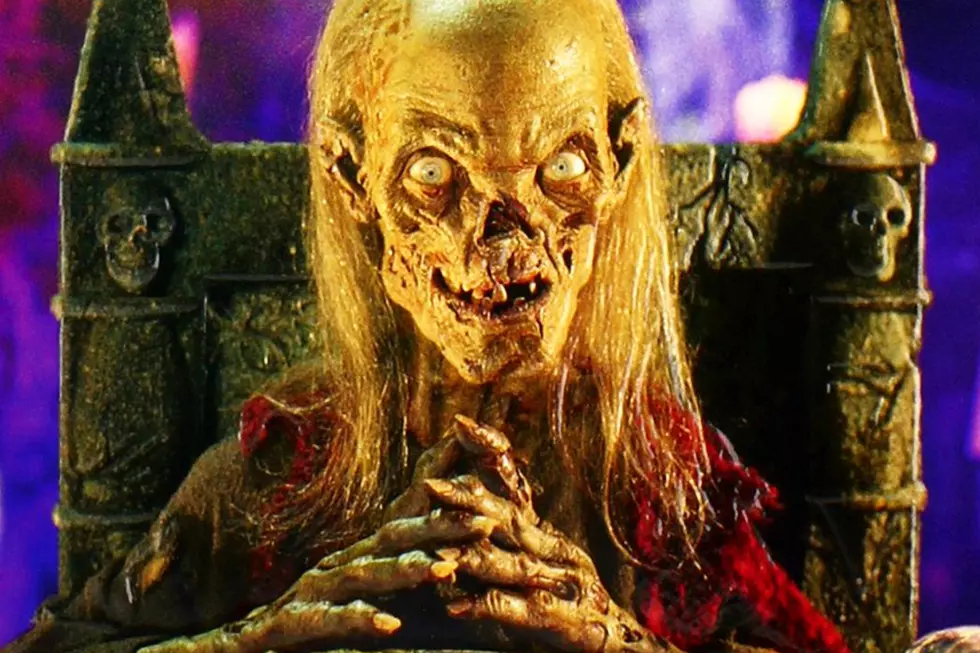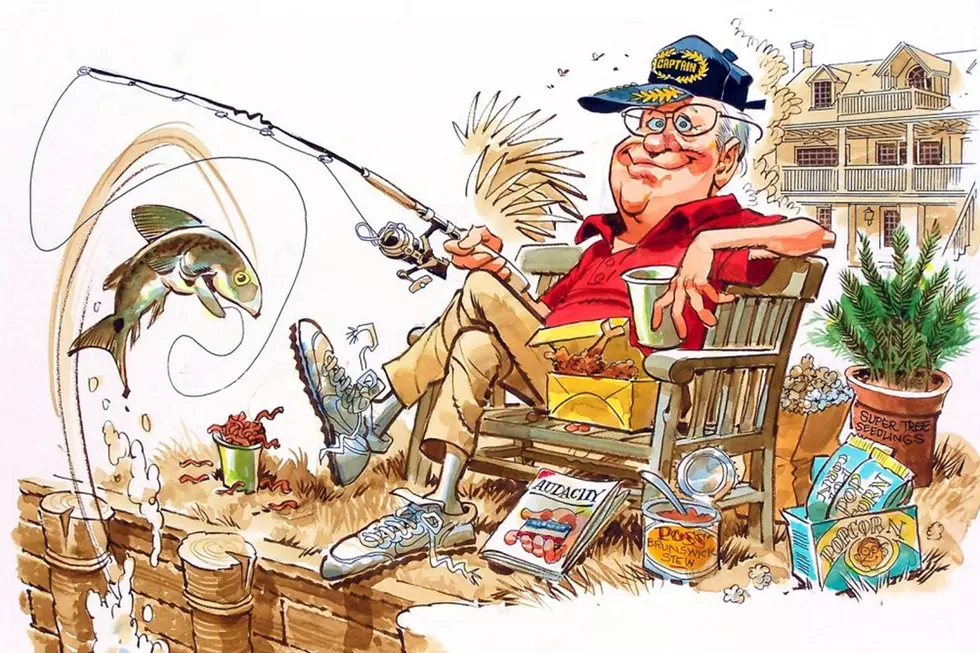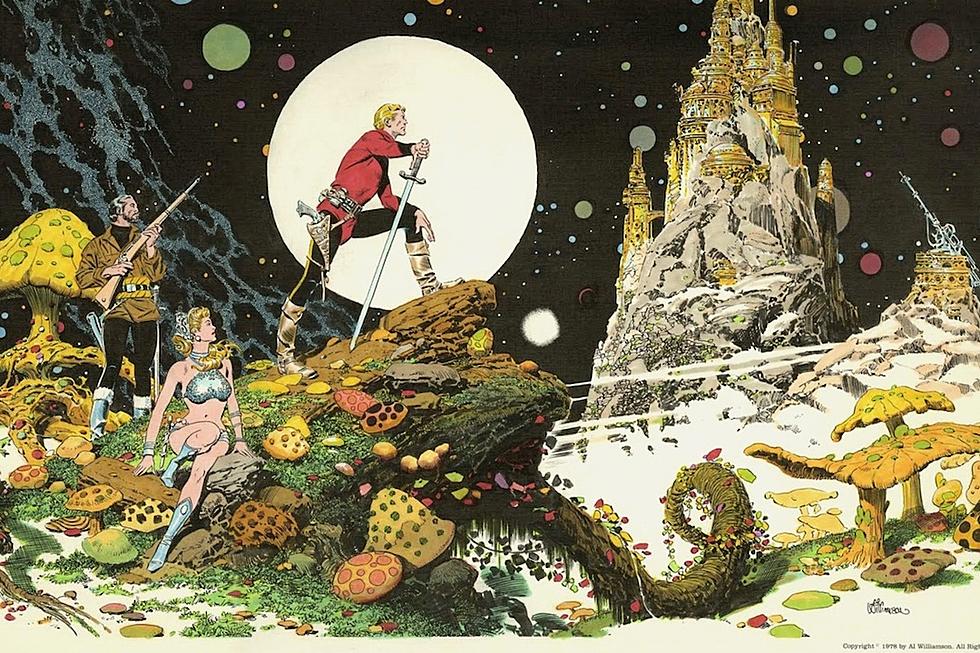
Why Wally Wood Deserves to be Counted Among the All-Time Greats
When discussing the greatest comic artists of all time --- or at least those who worked in mainstream American comics --- there are a few names that tend to be listed right at the top: Jack Kirby, Steve Ditko, Alex Toth, Will Eisner… and the man who was born on this day in 1927, Wallace Allan Wood.
Wood grew up in Menahga, Minnesota, and loved both drawing and reading comics from the get-go, becoming a keen student of newspaper comic sections and the varied art styles contained within. He signed on to the US Merchant Marine out of high school, enlisted in the Army in 1946, and after his discharge in 1948, moved to New York to pursue his dream of becoming a professional artist. He began his career as an assistant in Will Eisner's studio, working on The Spirit newspaper supplement, moved into comic books as a letterer and inker for Fox Comics, and in short order, went on to pencil stories for Fox's western titles.
In the early fifties, he began working for Bill Gaines' E.C. Comics, and it was there that he would grow to be recognized as one of the industry's top talents. He honed his skills while contributing to nearly all of the publisher's slate of titles, working in genres including horror, war, suspense, swashbuckling adventure, aerial combat, and historical drama. But it was in the science-fiction arena that he truly excelled --- his stories for Weird Science and Weird Fantasy number among the most beautiful the medium have ever seen, the panels filled with grotesque monsters, finely-chiseled spacemen, breathtaking damsels, absurdly detailed machinery, and jaw-dropping otherworldly vistas.
In 1952, he began working in humor as one of Mad's founding artists, using his skill for mimicry (and his years studying different artists' styles) to good use, illustrating some of the fledgling publication's best-loved parodies. That same year, he returned for a short stint on Will Eisner's Spirit, pencilling much of the legendary 'Outer Space Spirit' storyline.
Through the 50s, he drew comics for E.C., Atlas, Avon, and other publishers, while also producing covers (and interior art) for sci-fi magazines and children's books, and continued to contribute to Mad after that publication transitioned from a full-color comic to its classic B&W magazine format.
In the '60s, Wood adjusted to the shifting tides of the industry, stripping back some of the intricacies and ornate detail that typified his E.C. work, and adopting a sleeker, starker style as he moved into working on titles for Marvel and Tower.
This had both positive and negative aspects; a simpler approach meant he could produce more work (and thus make more money in an increasingly competitive industry), but some of his output in this era came across a bit stilted, especially when compared to his cohorts. Steve Ditko's characters were all tension and odd angles, tightly wound and barely contained; Jack Kirby's figures existed in a state of constant action, exaggerated to the point of bursting off the page. Wood's, however, seemed carefully posed, frozen in time as opposed to caught in motion; beautiful sculptures instead of kinetic personalities.
Wood's fantasy and sci-fi stories were top-notch, and his humor work possessed a liveliness and breezy momentum, but his superhero output took a few months to find its feet.
However, his contributions to the genre went beyond simple illustration. He co-created and packaged the THUNDER Agents titles for Tower, and and upon taking over Marvel's floundering Daredevil series, he turned it upside-down, creating the character's classic red costume, designing the interlocking double-d symbol, and coming up with the billy club/cane that remains Matt Murdock's signature accessory to this day.
His other accomplishments are legion: he worked on numerous trading card and mini-comics series for Topps Chewing Gum; he produced a number of adult-oriented projects (including Sally Forth, a cheerfully smutty comic strip that appeared in armed forces publications); he returned to Marvel in the early '70s to illustrate a Doctor Doom solo series in Astonishing Tales that harkened back to his classic '50s sci-fi work; he pioneered the independent/underground comic movement with his publication Witzend; he drew a handful of truly breathtaking album covers; he teamed with Paul Levitz for a well-regarded run on All-Star Comics; he mentored a number of younger creators; and he created what remains an essential lesson on comic storytelling shorthand with his "22 Panels That Always Work" sketches.
And though he led a legendarily troubled personal life (for more on this, I recommend J. David Spurlock's essential biography, Wally's World), his imagination and art remain unquestioned high-water marks of the comics medium.
So happy birthday, Woody, wherever you are.
More From ComicsAlliance









